The State of Mobile Money Product Offering – What do people use mobile money for?
In an article published earlier this month, we discussed the level of mobile money usage and calculated that on a monthly basis, around 54m people were making transactions globally. But what do people use mobile money for? Which products are the most popular? Which products are growing at the fastest rate? Today, I will try to answer these questions by looking at mobile money global transaction numbers.
How many mobile money transactions are being processed on a monthly basis?
326 million transfers and payments were processed by survey participants in the month of June 2013. These transactions were worth USD 3.2 billion. Including cash-ins and cash-outs, mobile money users performed 431 million transactions in that month, totalling USD 7.4 billion.
It is particularly interesting to note that in 2013, the number of mobile money transactions has been growing faster than the number of active mobile money users (99% CAGR excluding cash-ins and cash-outs; 85% including them). This clearly indicates that mobile money usage is on the rise.
To understand which products are driving mobile money usage, let’s look closer at the product mix both in terms of number of transactions and in terms of value.
Which mobile money products are the most popular?
Airtime top-ups and P2P transfers dominate the product mix; whilst bill payments continue to grow:
- In June 2013, airtime top-ups represented almost three-quarters of the total number of mobile money transactions. On average, active mobile money users perform 5.8 airtime top-ups every month (see figure 1). However, given that the average value of an airtime top-up is quite low—$1.2 —it represented only 9% of the total value transacted in June 2013 (see figure 2).
- Domestic P2P transfer is the second most popular mobile money product in terms of number of transactions (18% of the global mix) and the most popular in terms of value transacted (68% of the global mix). After airtime top-up, P2P had the highest average number of transactions per user in June 2013: 1.2. However, P2P transfer experienced the slowest rate of transaction growth of all mobile money products, with the number of P2P transfers growing at an annualized growth rate of only 31%.
- In June, 12.9 million bill payments were paid using mobile money compared to 8.6 million in September 2012. In June 2013, bill payment represented 4.0% of total transactions and 10.8% of total transaction values. For services offering this product, the average number of bill payments per active user reached 0.3 in June 2013.
These 3 products – airtime top up, P2P transfer and bill payments – are today being offered by the vast majority of mobile money providers (>85%) (see figure 3). Not surprisingly, these products also represent the largest share of the product mix.
Let us look closer at 2 products which are not yet as common as P2P transfer, airtime top-up and bill payment, but which have been driving the MM product offering in 2013. Bulk payments and merchant payments are already offered by over 60% of providers and an additional 30% of providers plan to launch these products next year – they could both soon become mainstream mobile money products in the future.
Bulk payment has been the fastest growing product in 2013; merchant payments have been growing at a slower pace:
- Bulk payment was adopted faster than any other product in 2013, at an annualized growth rate of 617%. It represents 1.8% of the global product mix by number of transactions and 6.7% by value. In June 2013, survey respondents processed 6.0 million bulk payments compared to just 1.4 million in September 2012. It is interesting to note that this growth has not been driven by a single provider or region. Multiple providers have successfully rolled out bulk payments and six survey participants processed over 250,000 bulk payments in June 2013, two of which were banks. This indicates strong demand from payment institutions in developing markets for faster and more efficient mechanisms for delivering bulk payments, such as salary payments or government-to-person transfers (G2P). However, rolling out bulk payments is not without challenges. Unless a solid distribution network is in place to handle large amounts of liquidity, it can be extremely difficult to handle bulk payments efficiently.
- Merchant payment is growing at a more moderate pace in terms of number of transactions (at an annualized growth rate of 53%). In June 2013, it represented 1.6% of all mobile money transactions and 4.0% of the value. While mobile money providers seem to recognise the opportunity of allowing merchant payments via mobile money, adoption has not yet met their expectations. Today, merchant payment numbers are significant for just a handful of services and it is struggling to gain traction in most cases.
International remittance has a lot of potential but adoption remains limited:
- International remittance remained a marginal service in 2013, offered by only four out of ten mobile money providers in our survey. However, this is twice as many as in June 2012, and with an additional 45% of respondents planning to launch it next year, it could become widely available in 2014. Globally, mobile money providers within our sample reported less than 50,000 international remittances sent by mobile money in June 2013. This indicates that, while a large number of providers are interested in launching international remittance, major barriers continue to slow down the uptake of this product.
Figure 1 – Average number of transactions per active user (30 day) per month
(June 2013)
Figure 2 – Global product mix by volume (left) and by value (right) (June 2013)
Figure 3 – Mobile money product offering globally (June 2013)
These insights come from MMU 2013 Report on the State of the Mobile Financial Services Industry.
Mobile for Development Blog: http://www.gsma.com/mobilefordevelopment/blog
Resources: http://www.gsma.com/mobilefordevelopment/resources
Life Stories: http://www.gsma.com/mobilefordevelopment/lifestories
This blog was previously published on GSMA and is reproduced with permission.










